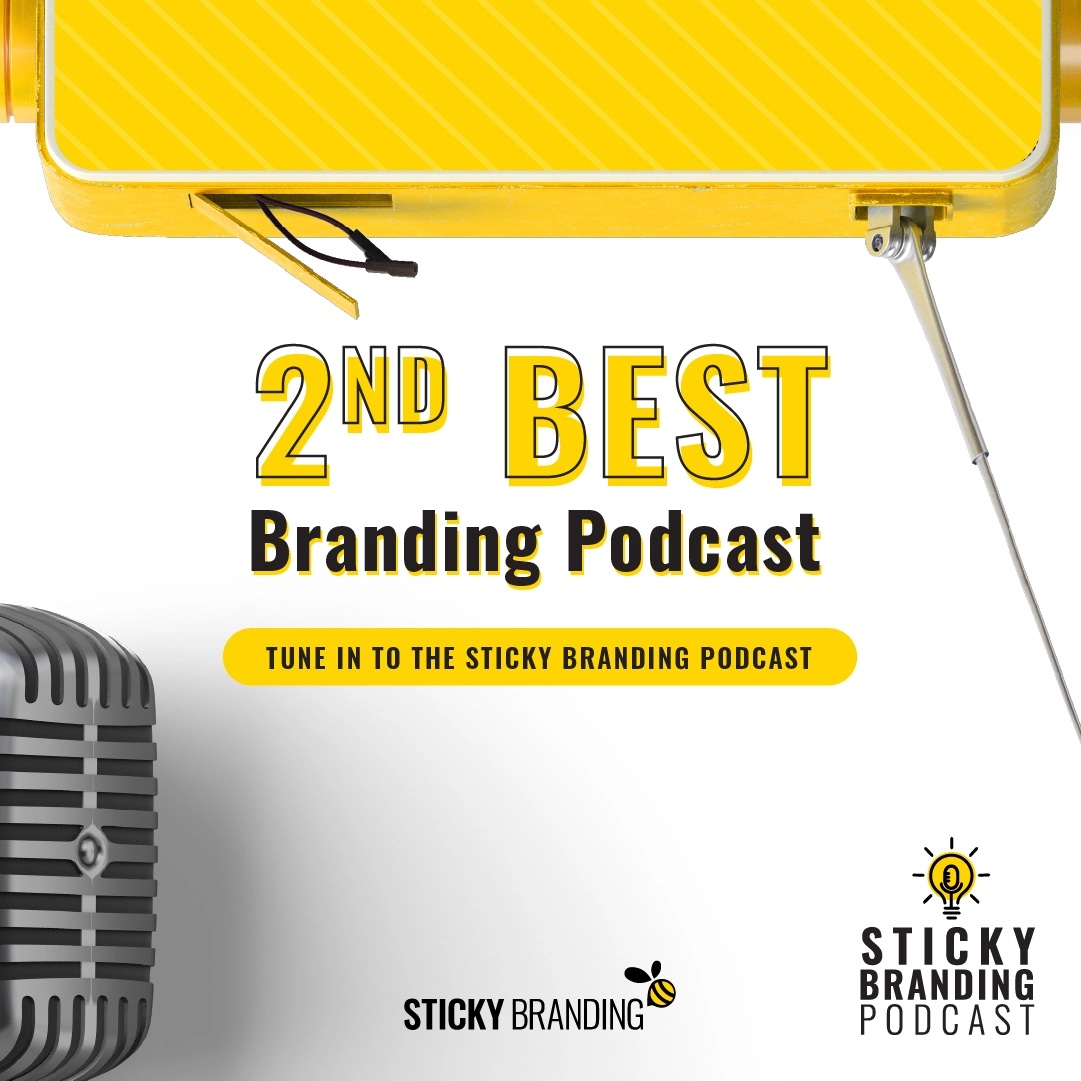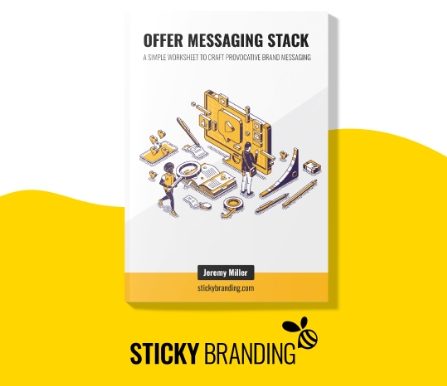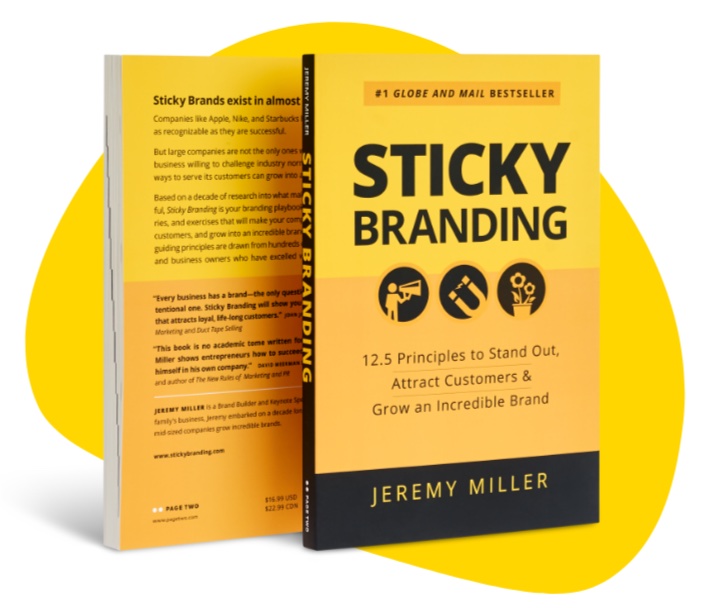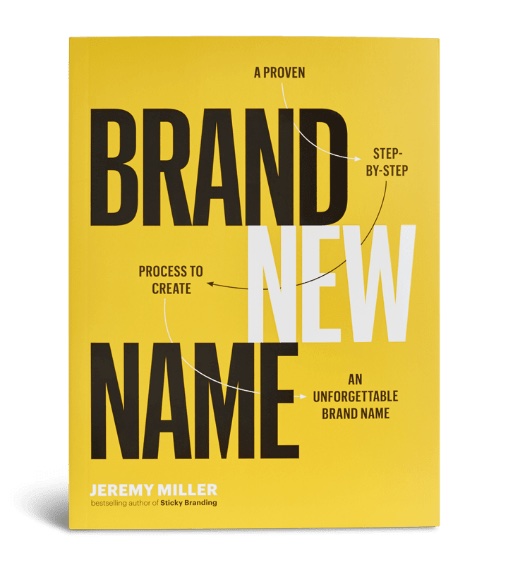“A company can become incredibly successful if it can find a way to own a word in the mind of the prospect,” writes Al Ries and Jack Trout in The 22 Immutable Laws of Marketing.
The duo argues that one word can define a brand: what safety is to Volvo; or overnight is to FedEx; or service is to Nordstrom. They go on to say, “No matter how complicated the product, no matter how complicated the needs of the market, it’s always better to focus on one word or benefit rather than two or three or four.”
The “one word principle” is held up as gospel in branding circles, but it’s time to challenge this convention. It takes more than one word to create a competitive advantage.
Competitors and Copycats
Volvo is known for safety, but consumers assume all cars are safe. Safety has transitioned from a differentiator to a table stake.
The same is true for overnight shipping. What was once a transformational service is now commonplace.
In a hypercompetitive marketplace, owning one word doesn’t provide your brand a lot of competitive immunity. It can focus your brand and give it direction, but if you find success it won’t take long for your competitors to copy that word and nullify the advantage.
Developing a brand with a strong competitive advantage is more nuanced.
Combine Strengths and Capabilities
Ries and Trout describe owning one word as “The Law of Focus.” The principle is still sound, but the application of it is more complicated.
Rather than focusing on a word, bring together two or three core capabilities — things your company does brilliantly — to differentiate your firm.
For example, Apple is more than design. It brings together design + ecosystem. The iPhone has an inherent advantage over Android devices, because of the ecosystem. Apple users are held together with the suite of products — iPad, iTunes, Mac, Apple Watch, Apple TV — versus each product competing on its own merits. The combination of design + ecosystem creates a competitive advantage that’s hard to duplicate.
9 Differentiators
Go beyond just one trait or one word, and consider what your firm does brilliantly.
To identify what your firm does brilliantly evaluate nine areas of your business — the 9 Differentiators:
- Market Responsiveness
- Product or Service Superiority
- Production Efficiency
- Natural or Human Resources
- Market Dominance
- Short Term Profit
- Method of Sale
- Distribution Methods
- Technological Advantage
These are broad differentiators, but you can use them to isolate what your company does better than most (or where your firm is striving to be better).
For example, a company that’s driven by quality and craftsmanship will demonstrate a strength in #2, Product or Service Superiority. Where as a company focused on being a low-cost competitor will gravitate towards #3, Production Efficiency.
The benefit of the 9 Differentiators is you can use them to identify your one-two punch. By combining two (or three) differentiators you can push beyond a simplistic description, like safety, and craft a compelling advantage.
Competitive Advantage Is Nuanced
I love the simplicity of Ries and Trout’s assertion to “burn your way into the mind by narrowing the focus to a single word or concept.” It’s a deliberate strategy to focus on what you do best.
The challenge is one word doesn’t go far enough to differentiate your brand in a fast moving marketplace.
Strong brands secure their position by combining and layering strengths. The richness of advantage makes your brand more interesting, more valuable, and harder to duplicate.
What do you think?





